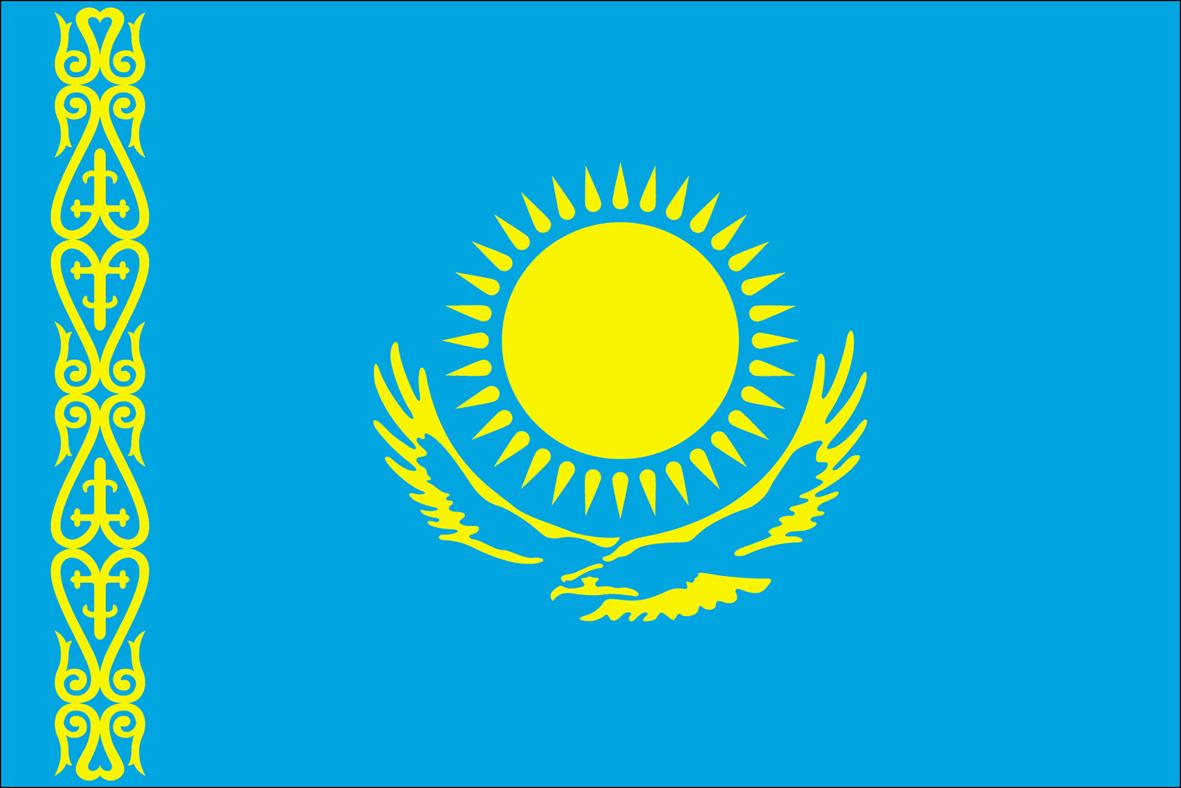Mongolian calligraphy
© 2010 Jalair Batbayar D./Mongolian CalligraphyMongolian calligraphy is the technique of handwriting in the Classical Mongolian script, which comprises ninety letters connected vertically by continuous strokes to create words. The letters are formed from six main strokes, known as head, tooth, stem, stomach, bow and tail, respectively. This meticulous writing is used for official letters, invitations, diplomatic correspondence and love letters; for a form of shorthand known as synchronic writing; and for emblems, logos, coins and stamps in ‘folded’ forms. Traditionally, mentors select the best students and train them to be calligraphers over a period of five to eight years. Students and teachers bond for life and continue to stimulate each other’s artistic endeavours. The rate of social transformation, urbanization and globalization have led to a significant drop in the number of young calligraphers. At present, only three middle-aged scholars voluntarily train the small community of just over twenty young calligraphers. Moreover, Read more about this element on the UNESCO Intangible Cultural Heritage website.










